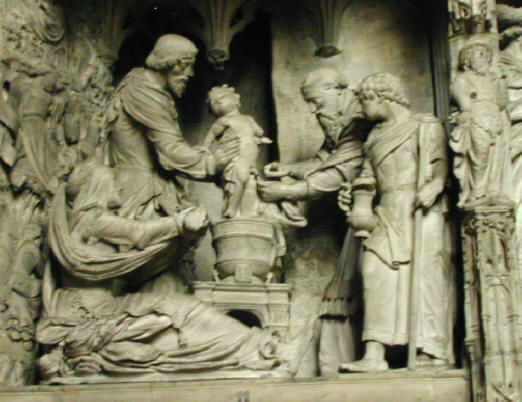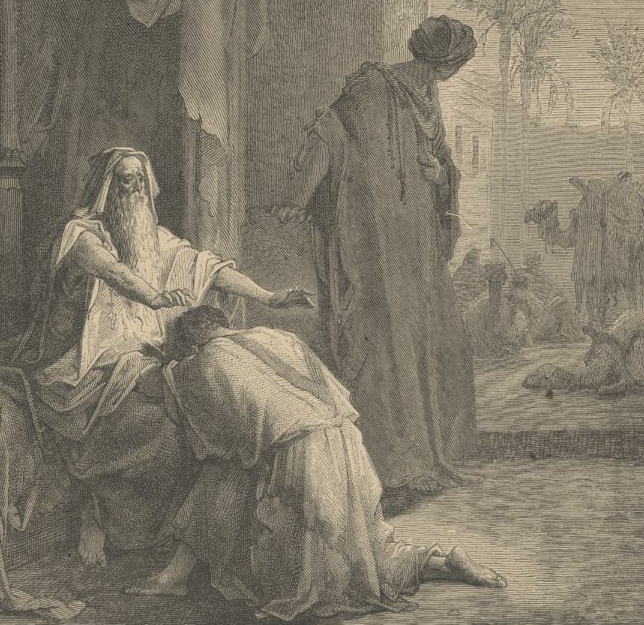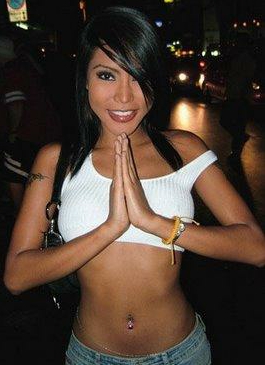| For other fascinating information
about tetragrammatons, tetragrams, YHWH, etc see http://rexcurry.net/tetragrammaton.html Regarding the "L" shaped letter gamma in the Greek Alphabet crux gammata image http://rexcurry.net/tetragrammaton.JPG YHWH, YAHWEH, ADONAI CROSS GAMMATA, TETRAGRAM photo http://rexcurry.net/tetragram.JPG For fascinating information about other ancient symbols and symbolism see http://rexcurry.net/book1a1contents-swastika.html For SHOCKING info on modern rituals and worship see http://rexcurry.net/book1a1contents-pledge.html Hear audio on worldwide radio at http://rexcurry.net/audio-rex-curry-podcast-radio.html |
| SUPPORT MORE RESEARCH |
 Praying with hands together (steepled hands) is a posture
with an origin that is virtually unknown. Most people, including members
of the Jewish and Christian religions, do not know that the hands-in-prayer
was a Jewish practice. It was done in Judaism and still is in at least
one annual orthodox ritual in some temples.
Praying with hands together (steepled hands) is a posture
with an origin that is virtually unknown. Most people, including members
of the Jewish and Christian religions, do not know that the hands-in-prayer
was a Jewish practice. It was done in Judaism and still is in at least
one annual orthodox ritual in some temples. 
| For other fascinating information
about tetragrammatons, tetragrams, YHWH, etc see http://rexcurry.net/tetragrammaton.html Regarding the "L" shaped letter gamma in the Greek Alphabet crux gammata image http://rexcurry.net/tetragrammaton.JPG YHWH, YAHWEH, ADONAI CROSS GAMMATA, TETRAGRAM photo http://rexcurry.net/tetragram.JPG For fascinating information about other ancient symbols and symbolism see http://rexcurry.net/book1a1contents-swastika.html For SHOCKING info on modern rituals and worship see http://rexcurry.net/book1a1contents-pledge.html Hear audio on worldwide radio at http://rexcurry.net/audio-rex-curry-podcast-radio.html |
